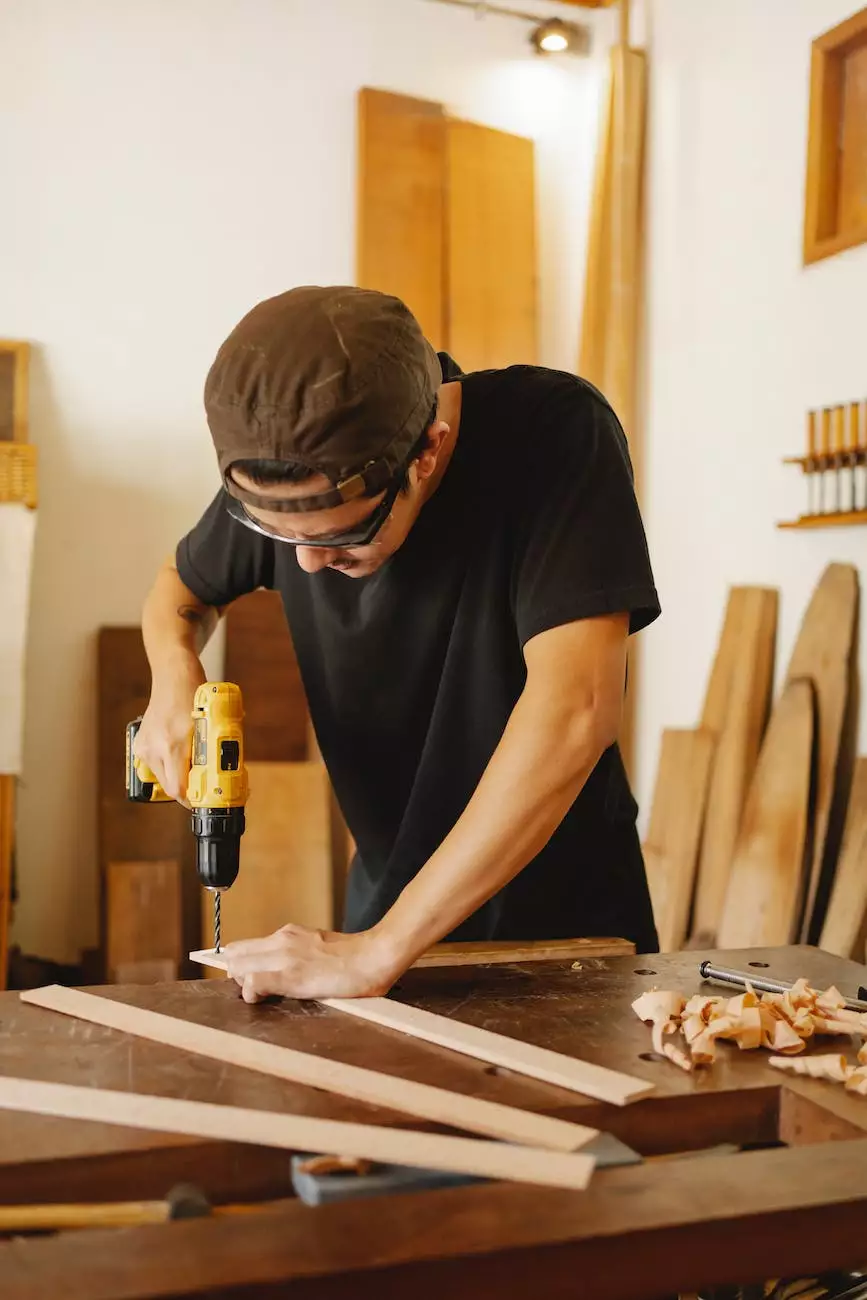Origin and History of the Circular Table Saw

Welcome to Bryant Equipment Company's blog, where we delve into the fascinating world of woodworking. In this article, we explore the rich history and origins of the circular table saw, a vital tool in the woodworking industry.
The Beginnings
The origins of the circular table saw can be traced back to the late 18th century, when it was first conceived as a hand-operated device to cut wood. However, it wasn't until the early 19th century that significant advancements were made, leading to the development of more efficient and practical table saws.
One of the early pioneers in table saw innovation was Samuel Miller, who patented a design for a circular saw in 1777. This invention laid the foundation for future improvements in the design and functionality of table saws.
Advancements and Technological Innovations
Over the years, the circular table saw underwent numerous advancements and technological innovations, which revolutionized woodworking techniques and increased efficiency in woodworking operations.
1. Introduction of Electric Power
An important milestone in the history of the circular table saw was the introduction of electric power in the late 19th century. This innovation eliminated the need for manual labor, making woodworking more accessible and speeding up the cutting process significantly.
2. Development of Safety Features
As the circular table saw became more popular, safety concerns arose. Manufacturers began incorporating safety features, such as blade guards and safety switches, to minimize the risk of accidents and improve operator safety.
3. Advancements in Blade Technology
The development of new blade technologies further enhanced the capabilities of circular table saws. Carbide-tipped blades, for example, increased cutting precision and durability, while dado blades allowed for the creation of grooves and dados.
Impact on Woodworking Techniques
The circular table saw had a profound impact on woodworking techniques, revolutionizing the way wood is cut and shaped. Its versatility and precision opened up new possibilities for craftsmen, enabling them to create intricate designs and joinery with ease.
The introduction of the table saw also led to the development of new woodworking methods, such as the production of dimensioned lumber, which ultimately contributed to the growth and expansion of the woodworking industry.
Modern Circular Table Saws
Today, circular table saws come in various types and configurations to cater to different woodworking needs. From portable compact models to heavy-duty cabinet saws, there is a wide range of options available to suit both professional woodworkers and DIY enthusiasts.
1. Portable Table Saws
Portable table saws offer convenience and versatility, making them a popular choice among contractors and hobbyists. These saws are typically lightweight and feature foldable stands, making them easily transportable.
2. Contractor Table Saws
Contractor table saws are heavier and sturdier than portable models, designed to withstand frequent use on job sites. They often come with larger table surfaces and more powerful motors, providing increased cutting capacity and durability.
3. Cabinet Table Saws
Cabinet table saws are the heavyweights of the woodworking world. With their robust construction, powerful motors, and extensive cutting capacity, these saws are the go-to choice for professional woodworkers who demand precision and durability.
Conclusion
The circular table saw has a rich and storied history, from its humble beginnings as a hand-operated tool to the modern-day powerhouses that shape the woodworking industry. Understanding its origins and advancements allows us to appreciate the impact it has had on woodworking techniques and the limitless possibilities it offers to craftsmen.
At Bryant Equipment Company, we appreciate the importance of high-quality woodworking tools. Explore our wide range of circular table saws and other woodworking equipment, designed to enhance your woodworking experience and unleash your creative potential.









